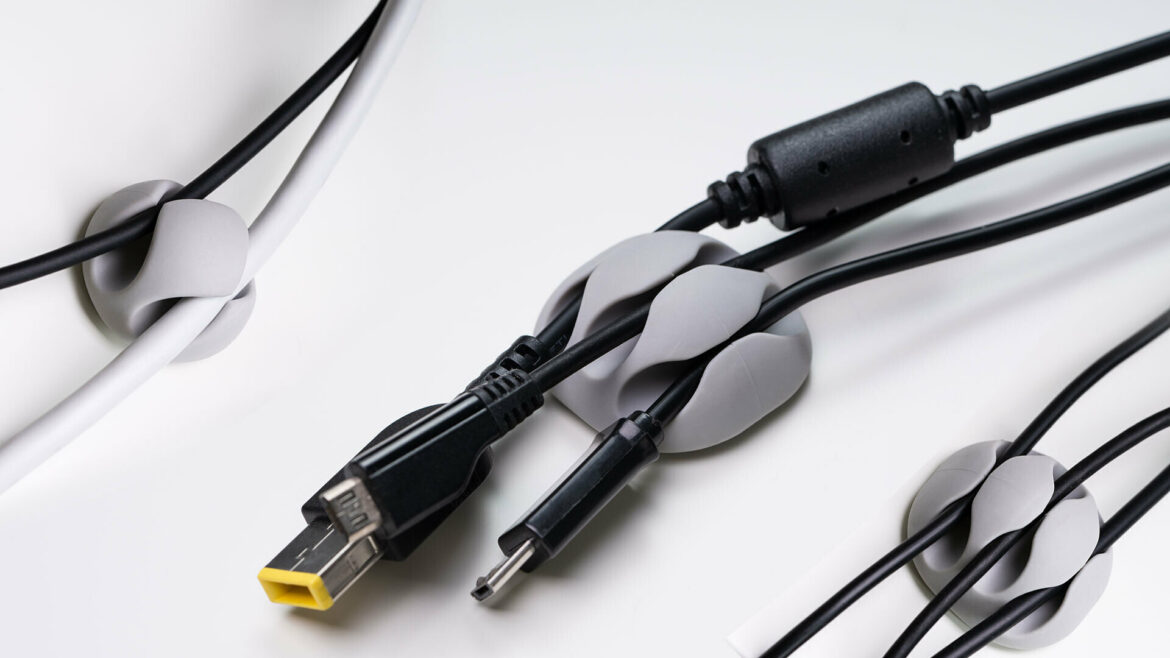The advent of wireless technology has certainly made life easier in many ways, but cable management at home can still be quite a challenge. Whether it’s a television set, a computer, or a gaming console, these devices often come with a tangle of cords that can quickly become disorganized. To help you get on top of your home cable management, here are 10 practical tips to follow.
1. Evaluate Your Devices
Start by making a list of all the devices in your home that require cables. Identify which of these could be replaced by wireless alternatives or devices that use fewer cables. This could drastically reduce the clutter.
2. Go Wireless Where Possible
Speaking of wireless, take advantage of technology where you can. Wireless speakers, Wi-Fi routers, and Bluetooth-enabled devices can all significantly reduce the amount of cabling in your home.
3. Use Cable Ties and Clips
Cable ties and clips are your best friends when it comes to organizing your cables. Ties can be used to bundle cables together while clips can keep them in place. Choose ties and clips that can be easily removed or adjusted for maximum flexibility.
4. Label Your Cables
It’s easy to forget which cable belongs to which device. By labeling your cables, you’ll save time when you need to disconnect or troubleshoot a device.
5. Invest in a Cable Management Box
Cable management boxes are a great way to hide power strips and excess cabling. They come in various sizes and designs to suit your decor.
6. Use a Cable Sleeve
Cable sleeves are ideal for consolidating many cables into one neat tube. They are especially useful for managing the cables behind your TV or computer desk.
7. Install Cable Raceways
For long cable runs, such as from your router to a PC in another room, consider installing a cable raceway. These can be affixed to walls or skirting boards to neatly hide cables.
8. Use Furniture to Hide Cables
Use the design of your furniture to your advantage. For example, you could run cables behind a bookshelf or through the hollow of a desk leg.
9. Regularly Review and Declutter
Cable management is an ongoing task. Regularly review your cable situation to remove any unnecessary cables and to ensure your system is as streamlined as possible.
10. Consult a Professional
If you’re feeling overwhelmed, you might want to consider consulting a professional. There are many services available that can provide solutions tailored to your home and specific needs.
Implementing these tips will not only make your space look more organized, but it can also help to prevent potential safety issues related to tripping or electrical hazards. With a bit of effort and creativity, cable management at home can be a breeze!


